Nature reports
Page 63 of 74 - 736 Results

Scientists studying African wild dogs in Botswana have found members of this endangered species use sneezes to vote on when the pack will move off and start hunting. The study was conducted by an international team working at the..
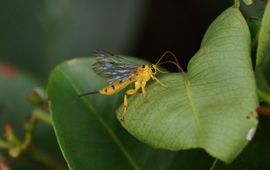
Parasitic wasps can move their ovipositor, a tube-like organ for laying eggs, in any direction by changing the shape of the end of the tube. Therefore, they can steer the ovipositor with muscles in their abdomen. This technique..
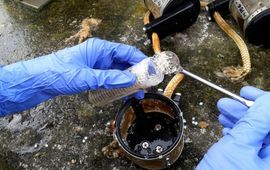
It is found in rivers, oceans, apparently untouched mountain lakes and the polar ice: no aquatic biotope is spared by microplastics...

Sea otters don’t just make good subjects for photos to share on social media. They’re also very smart. For example, unlike most animals, they make use of tools, namely rocks to break open shellfish and clams...

To protect the last imperial eagle nest in Serbia, a novel nest guarding program was set up this year. In the special nature reserve ‘Pastures of the Great Bustard’, a team of devoted people dedicated their time and energy to..
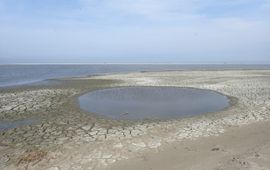
If the weather's clear, you can see them from the air: the Marker Wadden. They're brand new islands in the Markermeer, a lake in the central Netherlands that was once part of the saltwater Zuiderzee. As more and more land emerges..
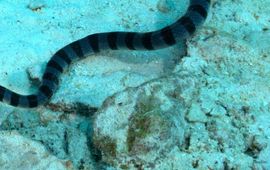
Researchers studying turtle-headed seasnakes living on coral reefs in the Indo-Pacific noticed something unusual about the snakes' color patterns: seasnakes living in more pristine parts of the reef were decorated with..

A previously unknown poxvirus causes severe disease in European red squirrels from Germany. Molecular genetic investigations revealed a new virus species in the family of Poxviridae. ..

Nitrogen deposition is the most influential global driver of anthropogenic biodiversity decline besides habitat destruction and the emission of greenhouse gases. Recent insights on its threats to biodiversity and ways to recovery..
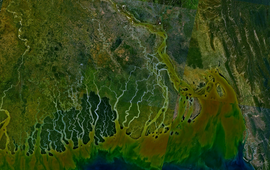
The pressure of increasing population growth in deltas is causing more and more interference with the natural processes. Despite global concerns about river delta degradation, human activity in the world's largest deltas still..
